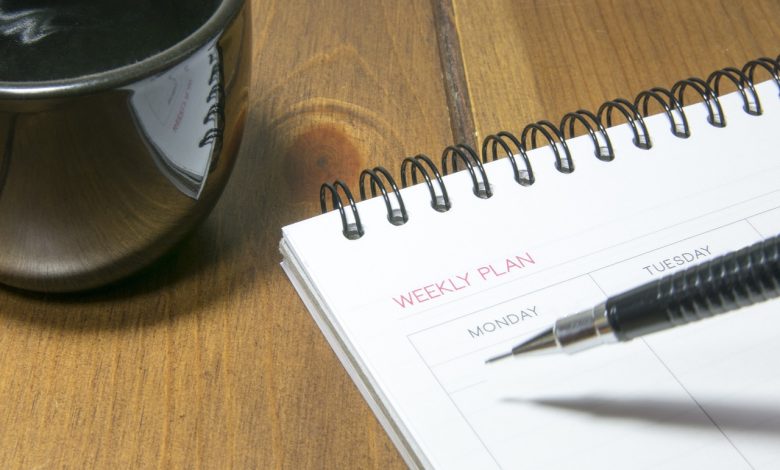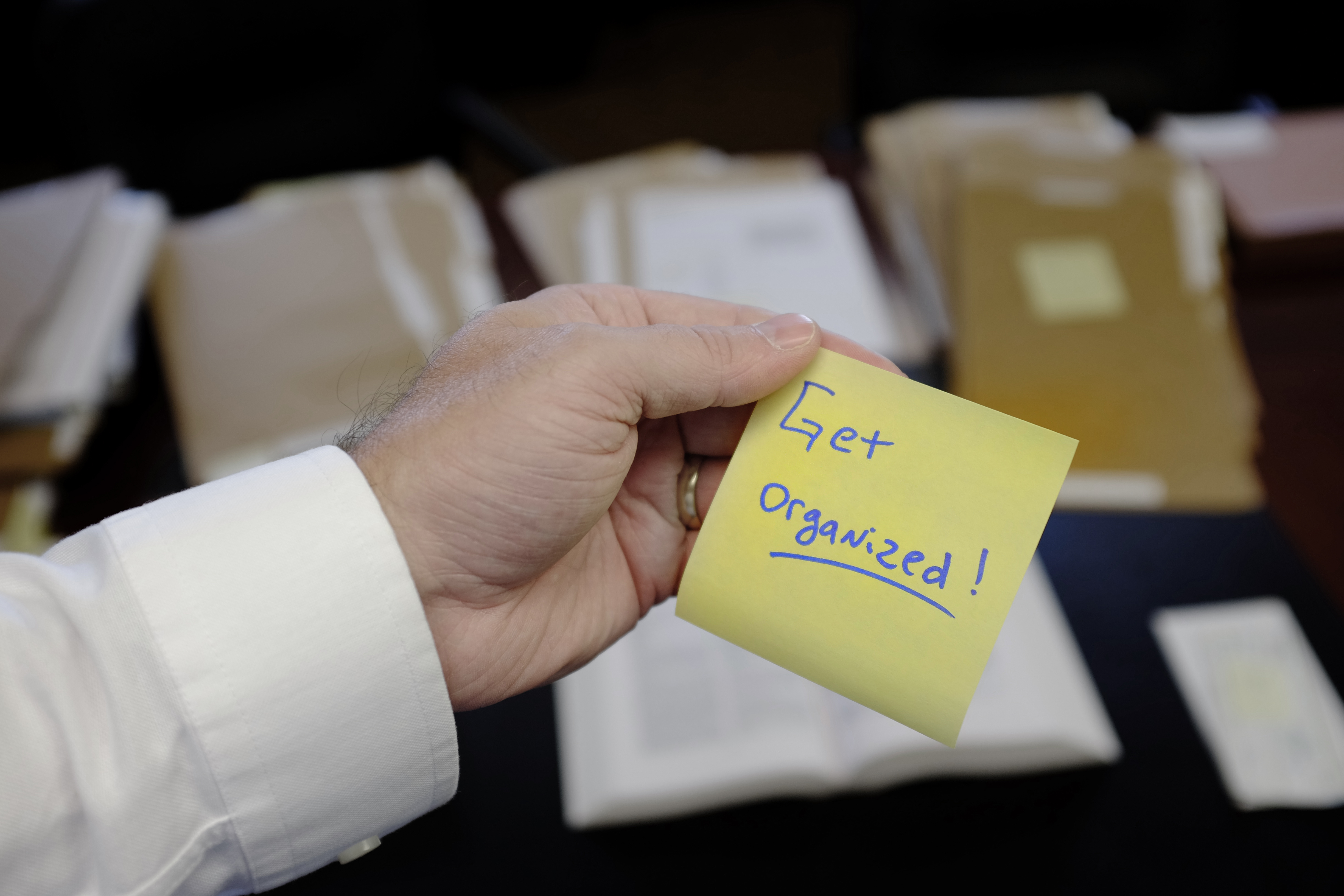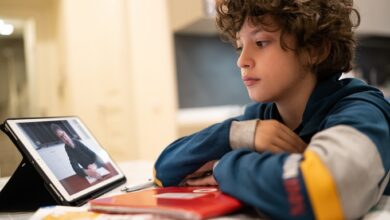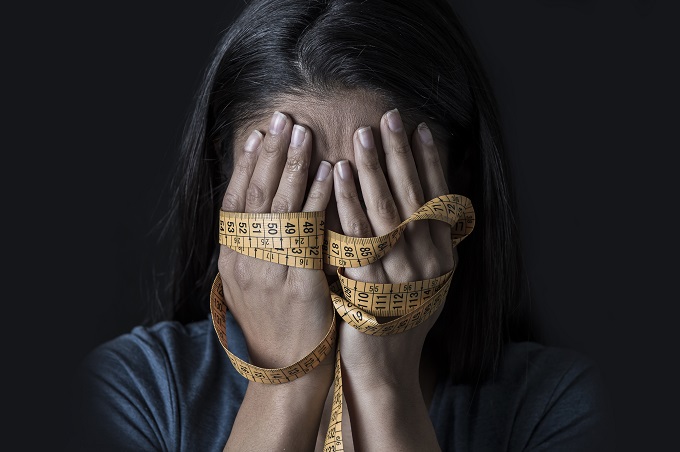Queensland is NOT moving to a four-day school week
Misinformation about the implications of the new flexible hours policy is rife in the media.

Over the past month or two, there have been numerous reports in the media and on social media about the Queensland Department of Education’s new policy for flexible school hours.
Read the Term 4 edition of School News HERE
With headlines like ‘Queensland government gives go-ahead for schools to allow four-day school week’ [7 News] and ‘A four-day school week is a brilliant idea, but not for every student’ [Honey], it’s easy to understand the high level of alarm that parents across the country have responded with.
And the response has been national, because, despite the updated policy coming only from Queensland, national news outlets have heralded the news with titles like ‘Should other states and territories implement a four-day school week?’ [Today]
Reason for the new policy
Prior to the policy being updated, Queensland state schools could adjust their school hours without requiring approval from the Central Office. This led to a variety of operating hours across the State as well as a wide range of processes for implementation and consultation.
The policy ‘Making changes to school hours’ was introduced to ensure that all schools now follow the same mandatory processes in the event they wish to change school hours, outlining what is required for consultation, approval and implementation.
What seems to have been over-reported in the media is the policy’s mention of changing the “number of school days per week/fortnight”, which has always been possible under the existing framework, but rarely acted upon.
School News contacted a spokesperson from the Queensland Department of Education to clarify the real intention and implication of the updated policy.
“The Department of Education has updated its policy to ensure a consistent approach when schools are contemplating changes to school hours,” the spokesperson explained. “Most Queensland state schools hold classes from 9am to 3pm Monday to Friday (excepting holidays and student-free days). The option for flexibility with school hours has been in place and used for many years.”
While the new policy does allow for schools to trial shorter (or longer) days or a shorter school week, the Department is adamant that the policy is not an automatic pass to shorter school weeks.
“It is expected that all Queensland state schools continue to operate for five days a week and the new policy does not give schools a green light to implement a four-day week,” the spokesperson added.
Any proposed change to school hours, including moving start/finish times by more than 30 minutes or having schooling outside of the standard 8.30am to 3.30pm day, will now need to be done in consultation with the entire school community including parents, staff and students as well as be approved by a Regional Director. The proposed change must also be trialled for not less than one term before undergoing analysis and further consultation before proceeding to full implementation.
“Changes can only occur where the school community determines it provides benefits for students and families [and] The Department of Education will provide approval prior to any school commencing consultation on changes to school hours,” the spokesperson said.
The likelihood of Queensland schools moving en mass to a four-day week is highly unlikely, despite the sensational headlines.
“Consultation will take into account a range of factors with the overwhelming focus of ensuring students are actively engaged in learning for the whole school week.”
The Education Department also added that any change to the school week would only happen with full support of the entire community and with safeguards in place for adequate supervision.
“Where the changed school hours mean that the scheduled school day starts later than 9:00am or finishes earlier than 3:00pm,” said the spokesperson, “the principal must ensure that appropriate supervision is provided for students who are at school before the scheduled day starts (from at least 9:00am) or after the scheduled day finishes (until at least 3:00pm or in line with school transport services). The department also provides support to schools to ensure any outside-school issues are considered.”
You can read the policy here: Making changes to school hours procedure (qed.qld.gov.au)







